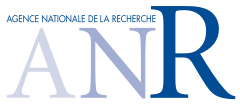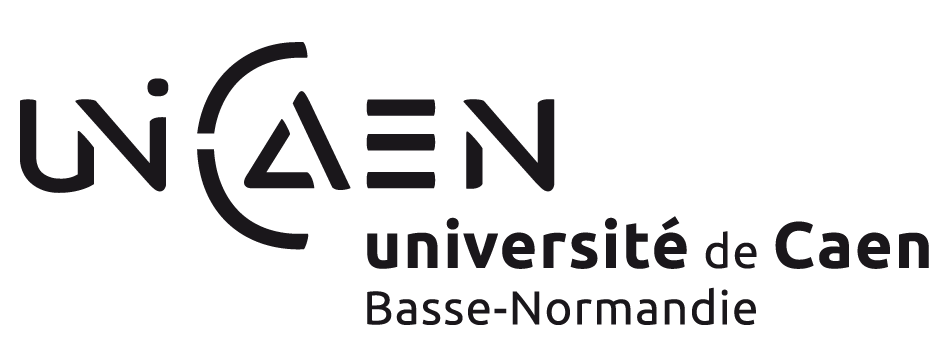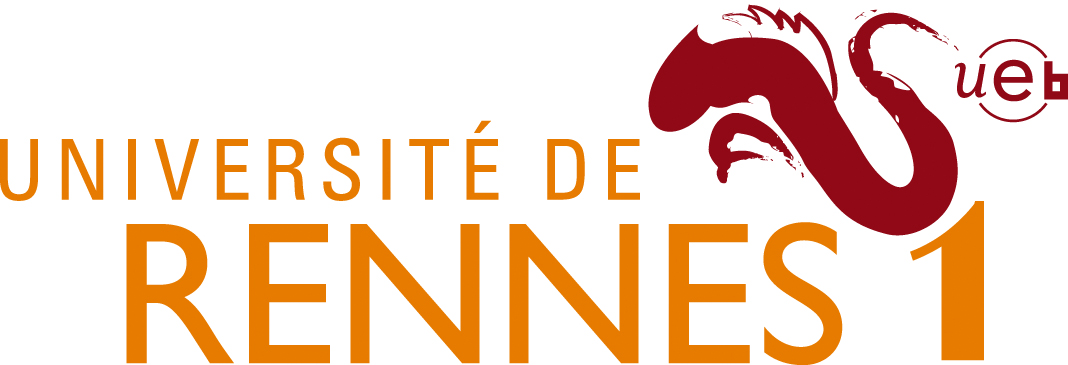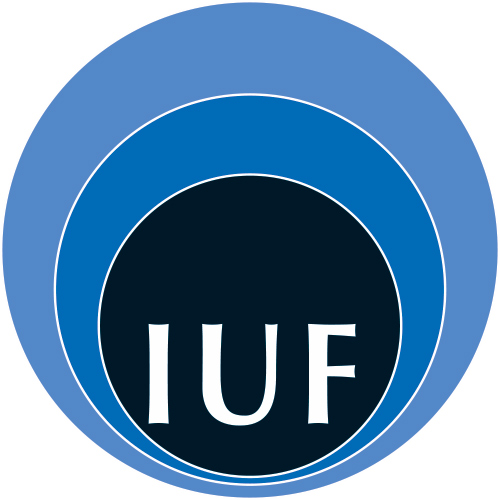Journées transCouesnon de théorie des groupes
Programme
La rencontre aura lieu dans le bâtiment S3 (=Sciences 3), c'est à dire le bâtiment du laboratoire de maths.
Début Lundi matin à 10h, fin le Mardi à 16h15.
- accueil lundi 9 h 30 salle 247 (bâtiment S3)
- exposés lundi en salle 278 (bâtiment S3)
- mardi en salle 276 (bâtiment S3)
| Lundi | Mardi |
|---|---|
| 10h-11h30: Karen Vogtmann 1 | 9h30-10h20: Paolo Bellingeri |
| 10h50-11h40: Bert Wiest | |
| 11h50-12h40: Ashot Minasyan | 11h50-12h40: Camille Horbez |
| Pause méridienne | |
| 14h15-15h45: Karen Vogtmann 2 | 14h15-15h05: Abderezak Ould Houcine |
| 16h10-17h00: Pierre Pansu | 15h15-16h15: Karen Vogtmann 3 |
Abstracts of the talks
-
Paolo Bellingeri:
On ($p$-)almost direct products and residual properties of pure braid groups of surfaces.
It is well known that pure braid groups are residually nilpotent, but all known proofs do not extend to pure braid groups on surfaces. However, in the case of surfaces with non empty boundary, the residual nilpotence of these groups can be verified constructing embeddings in some Torelli groups. The case of closed surface is more complicated: one possible solution implies the structure of ($p$-)almost direct product of these groups. After a short survey on pure braid groups of surfaces, I will explain the notion of ($p$)-almost direct product, its consequences on residual proporties and I-adic filtrations and possible applications to finite type invariants for (surface) braids.
-
Camille Horbez: The Tits alternative for the automorphism group of a free product
A group G is said to satisfy the Tits alternative if every subgroup of G either contains a nonabelian free subgroup, or is virtually solvable. The talk will aim at presenting a version of this alternative for the automorphism group of a free product of groups. A classical theorem of Grushko states that every finitely generated group G splits as a free product of the form $G_1*...*G_k*F_N$, where $F_N$ is a finitely generated free group, and all groups $G_i$ are nontrivial, non isomorphic to $Z$, and freely indecomposable. In this situation, I prove that if all groups $G_i$ and $Out(G_i)$ satisfy the Tits alternative, then so does the group $Out(G)$ of outer automorphisms of G. I will present applications to proving the Tits alternative for outer automorphism groups of right-angled Artin groups, or of some classes of relatively hyperbolic groups. I will then present a proof of this theorem, in parallel to a new proof of the Tits alternative for mapping class groups of compact surfaces. The proof relies on a study of the actions of some subgroups of $Out(G)$ on a version of the outer space for free products, and on a hyperbolic simplicial graph.
-
Abderezak Ould Houcine: On elementary extensions of free groups
A subgroup $H$ of a group $G$ is called an elementary subgroup of $G$ (and $G$ is called an elementary extension of $H$) if any first-order formula $\phi(x)$, with parameters from $H$, which is realized in $G$ is realized in $H$. It is well known that any ultrapower of $G$ is an elementary extension of $G$, besides saturated, which allows to study model-theoretic properties of $G$. However, these ultrapowers don't necessarily have good actions on real trees. We introduce new extensions of free groups and we show some of their model-theoretic and geometric properties.
-
Ashot Minasyan: Residual finiteness of outer automorphism groups
A group G is called residually finite if for any non-trivial element $g$ in G there is a homomorphism $\phi$ from G to a finite group K such that $\phi(g)$ is non-trivial in K. A classical theorem of Baumslag states that if G is a finitely generated residually finite group then the automorphism group $Aut(G)$ is also residually finite Unfortunately this does not always extend to the group of outer automorphisms $Out(G)=Aut(G)/Inn(G)$. During my talk I will discuss Grossman's approach to proving that $Out(G)$ is residually finite together with various new applications of it.
-
Pierre Pansu: Large scale conformal geometry
A new class of maps between metric spaces is introduced. It is invariant under coarse embeddings of domains and quasisymmetric homeomorphisms between ranges. Nevertheless, following ideas of Benjamini and Schramm, we prove restrictions on the existence of such maps between spaces like hyperbolic groups or nilpotent groups.
- Karen Vogtmann:
On the cohomology of moduli spaces of graphs.
The group Out(F_n) of outer automorphisms of a free group acts properly on a space of marked metric graphs known as Outer space. The quotient of Outer space by this action is called the moduli space of rank n graphs, and is a rational classifying space for the group. I will discuss what is known about the topology of this moduli space. In particular, the rational cohomology has been shown to vanish in low and high dimensions, and only a handful of non-trivial classes have been found at all. However Euler characteristic calculations show that there must in fact be huge amounts of cohomology somewhere. I will discuss recent work with J. Conant, M. Kassabov and A. Hatcher we investigate candidates for nontrivial classes constructed using spaces of graphs with marked points and the action of the symmetric group on associated cohomology groups.
-
Bert Wiest: Curve complexes and Garside groups
We present a simple construction which associates to every Garside group a metric space, called the additional length complex, on which the group acts. These spaces share important features with curve complexes: they are $\delta$-hyperbolic, infinite, and typically locally infinite graphs. We conjecture that, apart from obvious counterexamples, additional length complexes are always of infinite diameter. We prove this conjecture for the classical example of braid groups $(B_n,\Delta)$; moreover, in this framework, reducible and periodic braids act elliptically, and at least some pseudo-Anosov braids act loxodromically. We conjecture that for $B_n$, the additional length complex is actually quasi-isometric to the curve complex of the $n$~times punctured disk.

 ?>
?>


